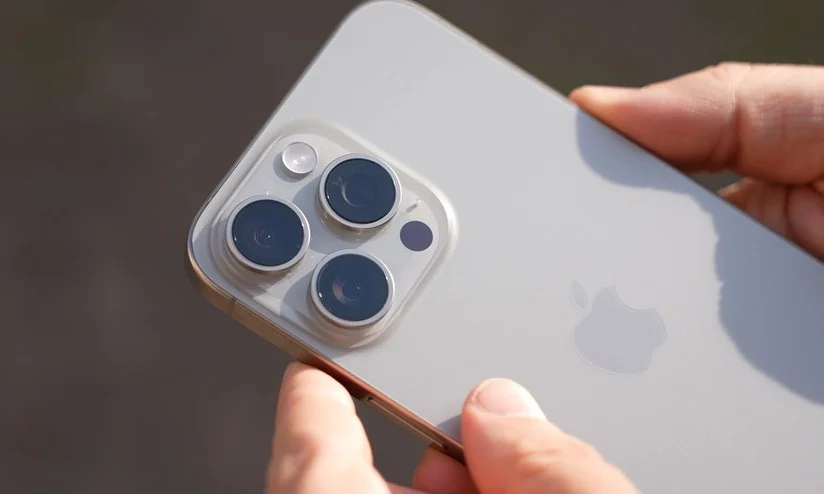In the aftermath of a typically loud and boisterous Fourth of July celebration in the US, our feeds were filled with countless photos and videos of fireworks. They’re all bright, brilliant, colorful, and sharp – and many were taken with the best smartphones. I’ve been photographing fireworks, or at least trying to, for nearly 20 years. Digital photography, with its endless supply of files in place of film, meant I could experiment with lenses, aperture settings, and shutter speeds to capture distant explosions and spectacular cascades of lights, usually in red, white, and blue.
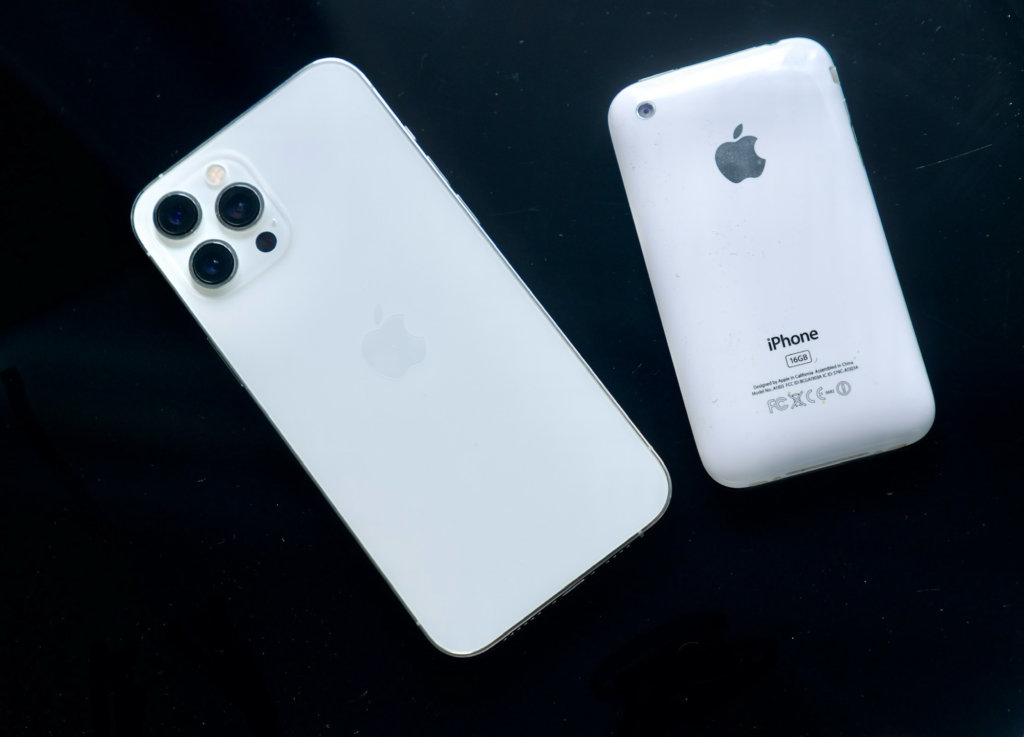
Most of my early success came from my Canon EOS Digital Rebel. I’d crank the ISO to 400, set my aperture at 5.6 to pull in as much light as possible, and give the shutter 8 seconds or more to capture the full effect. In the summer of 2012, I tried something different. Sure, I still had the Canon strapped around my neck, but I also pulled my Apple iPhone 4 out of my pocket to try and capture a few photos I could share immediately on my then social networking platform of choice: Twitter (it was a different time).
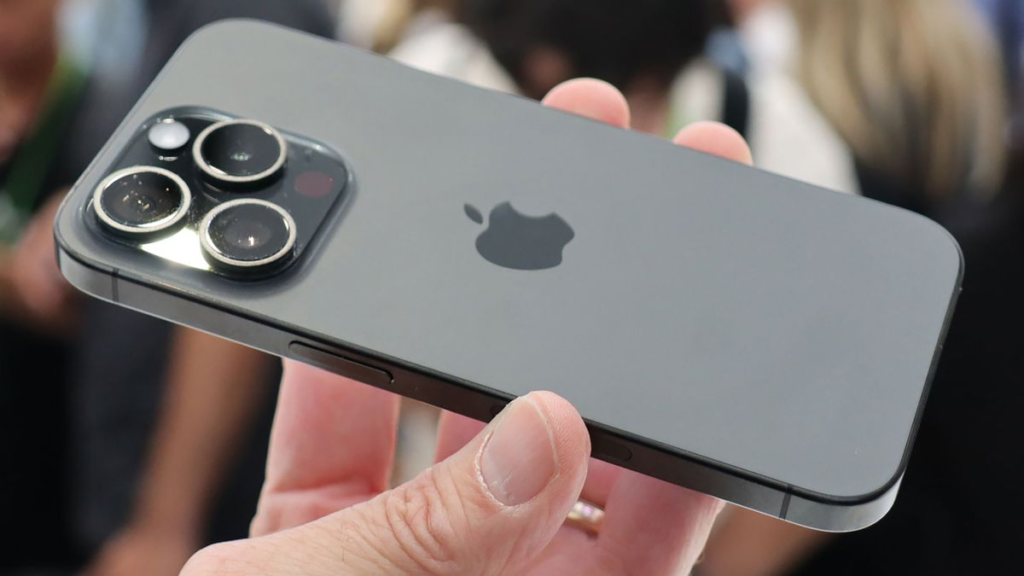
In some ways, my old Canon EOS and the iPhone 4 weren’t that far apart. The former offered 6.3MP, while the iPhone 4 topped out at 5MP. In truth, this was like comparing a Hasselblad to a Kodak Brownie. The Canon EOS had a huge lens and sizeable sensor, seven points of focus, a zoom lens, and impressive image processing. At the time, the iPhone had what Apple described as a “5MP still camera” with an f2.8 lens. There were no controls to speak of and the system did what it could to capture content in sometimes challenging situations like photographing fireworks.
While I couldn’t zoom in on the action or hold open the shutter, the iPhone 4 could adjust its own ISO or film speed. In the case of these fireworks shots, the ISO was cranked to 1000. In the film world, higher ISO translates to faster film, which means it captures light that much more quickly. Similar to film, high-ISO iPhone 4 images were grainy messes. As thumbnails, the photos don’t look terrible, but none of them hold up to closer examination. In my defense, looking back at these images, I noticed that I was not alone in trying to use smartphones that were not ready for fireworks time to capture the sky-high festivities.
Still, I saw promise in these early shots, and since then, I’ve always tried to use my latest best iPhone (or some other smartphone) to document fireworks. I’ve done this so much and so often that this year, I pledged not to shoot dozens of fireworks photos and videos that no one will ever want to see. Even so, when a particularly explosive show appeared right over my home, I couldn’t resist taking a few shots. I only ended up with half a dozen or so, and aside from switching between the main camera and the 2x zoom, I did nothing to help the iPhone 15 Pro Max shoot them, not changing the focus or exposure, or moving to a spot where fewer objects were obstructing my view. I just lifted my hands and snapped away. Naturally, I noticed how the iPhone 15 Pro Max camera’s Night Mode automatically held open the shutter for a few seconds to capture the fireworks.
Considering that I was shooting through lights and didn’t even bother to steady myself, the iPhone 15 Pro Max did remarkably well. The phone casually switched between 320 ISO to 1600 ISO, but compared to the old iPhone 4 shots, these images weren’t very grainy at all. The 48MP main camera (f1.78) captured the bursts and streaks of light, the trees, and my backyard lights. In short, it captured full scenes. Unlike with the iPhone 4 where it can be challenging to tell what’s going on, I could easily make out the whole scene in most of these shots.
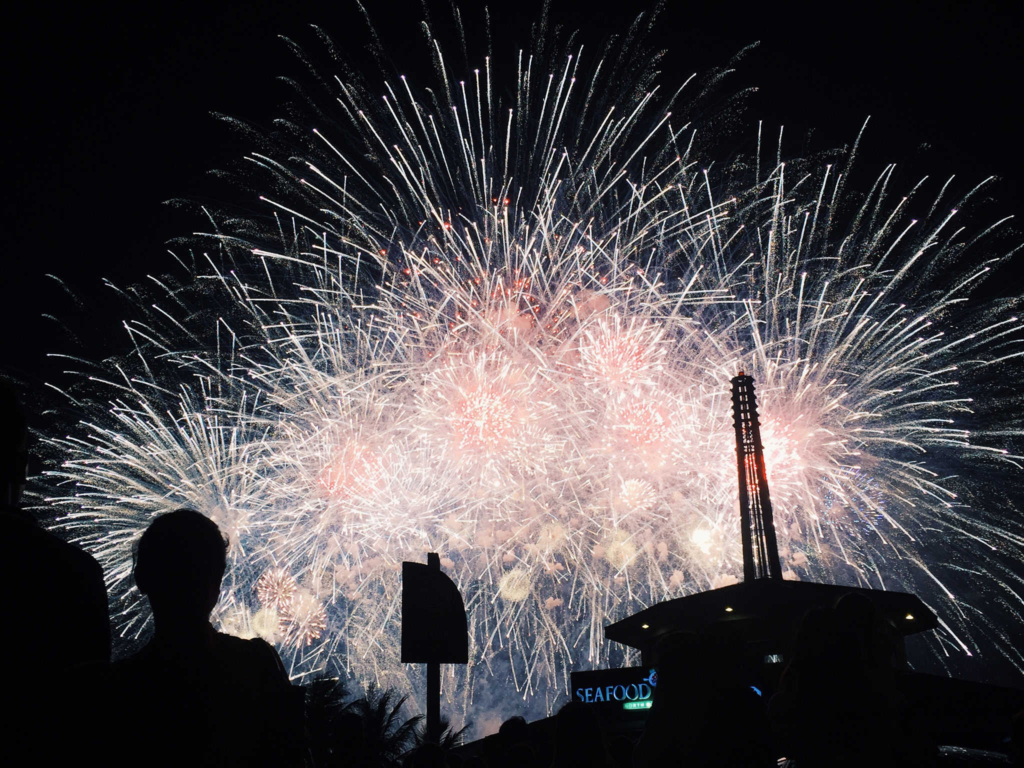
Taking pictures similar to this (or even better than this) with the latest iPhone models is nothing new for me, but I don’t believe I really realized how far we’ve come until recently. With Apple, you can now readily compare their computational picture processing to some of the best available from Sony, Canon, or Nikon. Though the sensors beneath the lenses are still not as massive as those on the iPhone 4, they are still relatively small. Optical image stabilization, several cameras, and additional controls are also present.
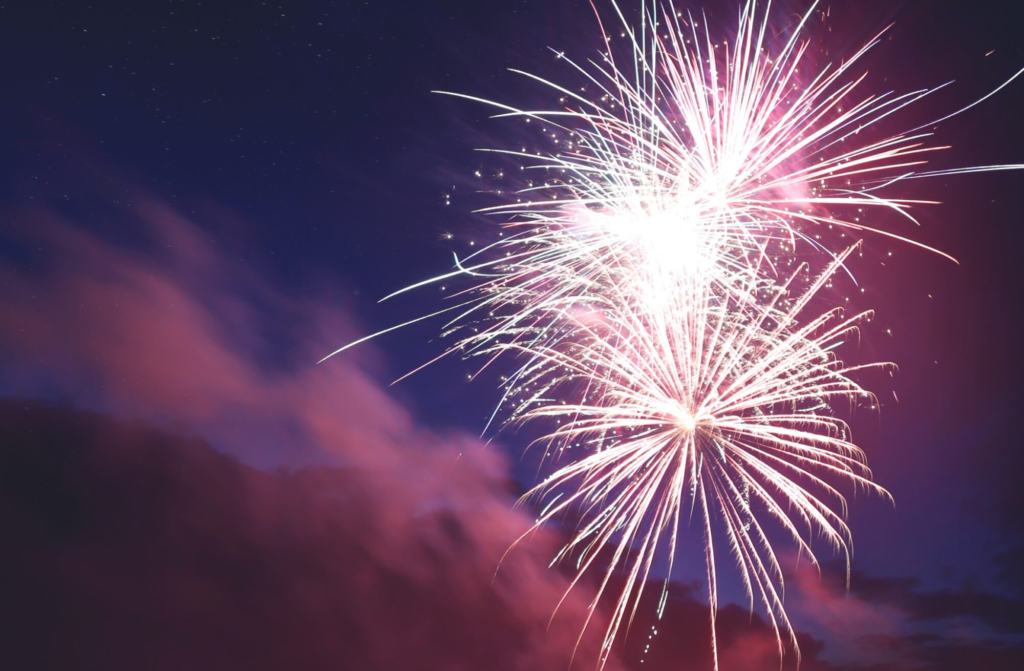
I shot the fireworks in the iPhone 15 Pro Max main camera’s 12MP mode. That doesn’t mean that the images are effectively just a bit more than twice as big and detailed as the iPhone 4. Every pixel has four pixels of information behind it. The level of detail on these shots, compared to those from the iPhone 4, is not actually comparable. Perhaps you’re reading this thinking, “Well duh, it’s been 12 years and 11 generations, what did he expect?” Actually, I expected no less, but I still find that it’s hard to appreciate where you are or even where you’re going next (hello, iPhone 16) without knowing where you’ve been.
If you like the article please follow on THE UBJ.
